News
Platycladus orientalis seeds
The Oriental arborvitae (Platycladus orientalis), also known as Chinese arborvitae, is a significant evergreen coniferous tree native to China. With a long history of thousands of years, it has been an integral part of the country's natural and cultural landscapes.
Morphological Characteristics
Oriental arborvitae has a distinct appearance. Its bark is light brown and vertically fissured, gradually peeling off in long strips. The branches spread out horizontally, forming a conical or columnar crown, which is both elegant and stable. The leaves are scale - like, closely arranged on the branches, giving the tree a soft and dense texture. They are dark green on the upper side and have a white stomatal band on the underside. This unique leaf structure helps reduce water loss and adapt to various environmental conditions.
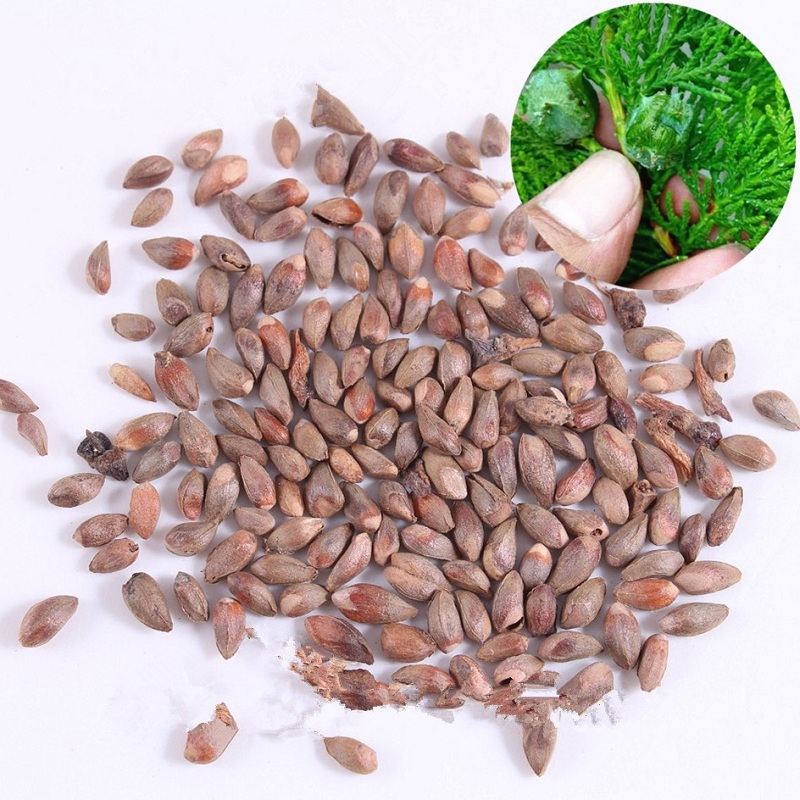
Growth Habits
This tree is highly adaptable and resilient. It can thrive in a wide range of soil types, including loamy, sandy, and even slightly alkaline soils. It is also drought - tolerant, able to withstand long periods of low precipitation by reducing water consumption through its specialized leaves. Oriental arborvitae is a sun - loving plant, but it can also tolerate some shade in its early growth stages. It has a relatively slow growth rate, which contributes to its long lifespan. Some ancient Oriental arborvitae trees can live for hundreds or even thousands of years.
Distribution
In China, Oriental arborvitae is widely distributed across the country, from the cold regions in the north to the more temperate areas in the south. It is not only a common sight in natural forests but also frequently planted in urban green spaces, temples, and gardens. Additionally, it has been introduced to many other countries around the world, such as Japan, Korea, and some regions in Europe and North America, where it has adapted well to local climates.
Uses
Oriental arborvitae has multiple uses. In traditional Chinese medicine, its leaves, seeds, and twigs are used to treat various ailments. For example, the seeds are believed to have functions like moistening the intestines and calming the nerves. In landscaping, it is highly valued for its evergreen nature and regular shape, often used to create hedges, screens, or as a focal point in gardens. The wood of Oriental arborvitae is durable and has a pleasant fragrance. It is used in carpentry, especially for making furniture, handicrafts, and small - scale construction projects.
In conclusion, the Oriental arborvitae is a remarkable tree with unique characteristics, wide distribution, and diverse uses. Its long - standing presence in China's natural and cultural heritage makes it a symbol of endurance and beauty.
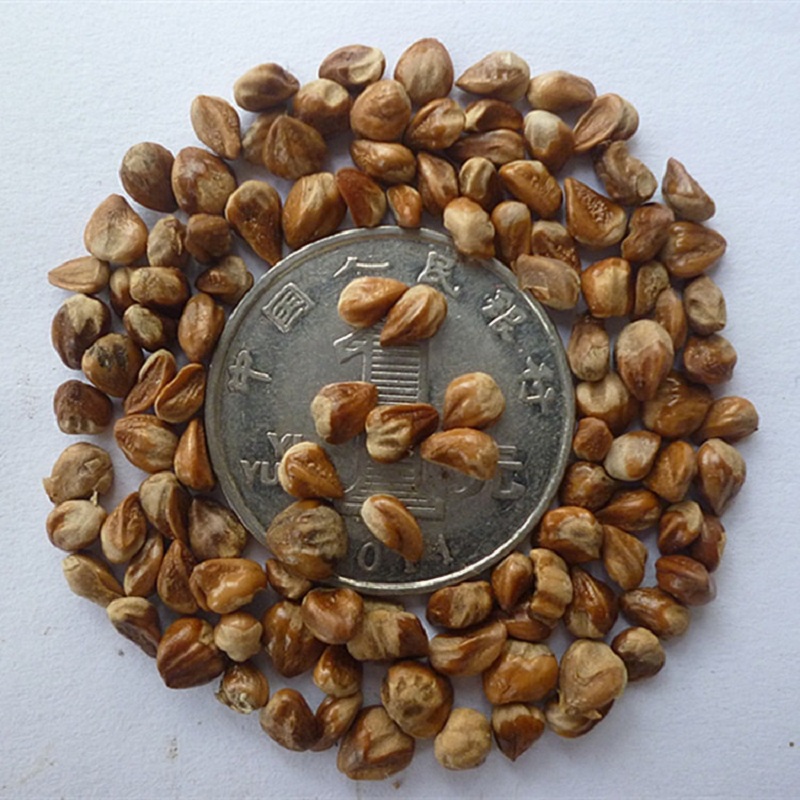
How to Plant Platycladus Orientalis Seeds
Platycladus orientalis, a common and hardy tree species, can be grown from seeds. Here are the steps to plant its seeds.
Seed Collection and Pretreatment
First, collect mature seeds from healthy platycladus orientalis trees in autumn. The seeds should be black and plump. After collection, soak the seeds in warm water for 24 - 48 hours. This helps to soften the seed coat and promote germination.
Soil Preparation
Prepare a well - drained soil mixture. A combination of garden soil, sand, and peat moss in a ratio of 2:1:1 is ideal. The soil should be loose and fertile, with a pH value around 6.5 - 7.5.
Sowing
Sow the seeds in early spring. Make shallow furrows about 1 - 2 centimeters deep in the soil. Place the seeds in the furrows, spacing them about 3 - 5 centimeters apart. Then cover the seeds with a thin layer of soil.
Cultivation and Maintenance
Water the seeds gently after sowing to keep the soil moist but not waterlogged. Germination usually occurs within 2 - 3 weeks. Once the seedlings emerge, thin them out to ensure proper growth space. Provide sufficient sunlight, but protect the young seedlings from intense mid - day sun in summer. Fertilize the seedlings with a balanced liquid fertilizer every 2 - 3 months during the growing season. With proper care, these seeds will grow into strong platycladus orientalis saplings.
If you have demands of the seeds, you can contact me freely.
Categories
Contact Us
- +86-18055849900
- +86-18055849900
- admin@high-key.cn
- +86-18055849900
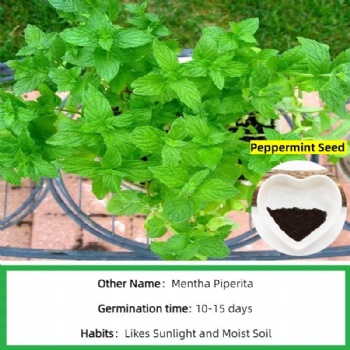
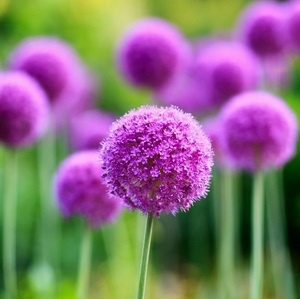
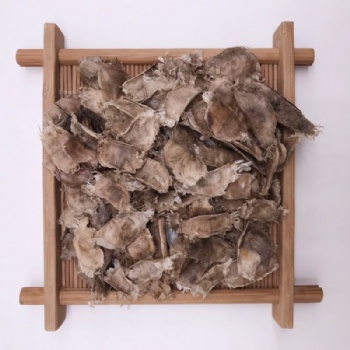
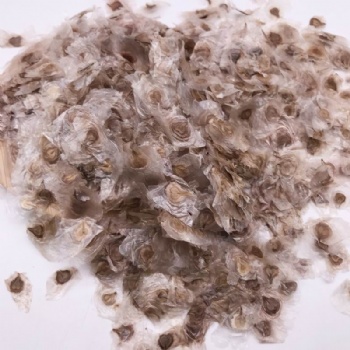
 售前客服
售前客服
